Collaboration
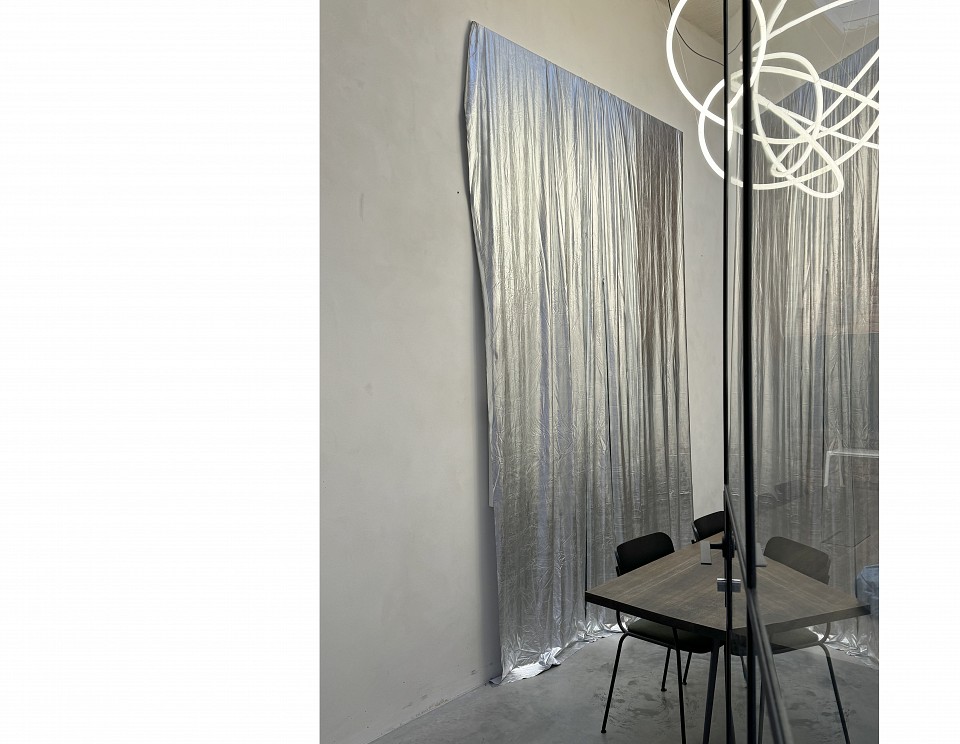
MarsLab store
Dělnická 31, 170 00 Praha 7, 2024
https://www.marslab.store/showroom
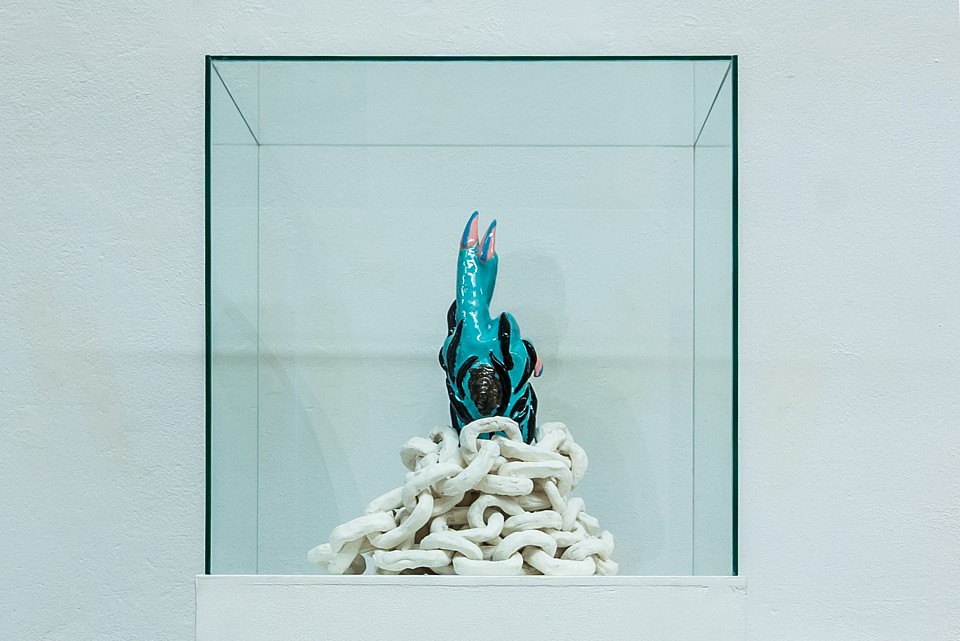
RUDE AWAKENING
Basement project, Olomouc CZ, 2019
Patrik Kriššák, Ivana Pavlíčková, Andrea Mikysková
Ivana Pavlíčková, Patrik Kriššák and Andrea Mikysková are three artists of the emerging young generation. Although they devote themselves to their own work, both formally and in terms of content, presented within individual exhibitions, they are examples of long- term artistic cooperation. Their joint exhibitions thus represent an interconnection of both neomedial and traditional artistic approaches that combine interest in the reflection of a particular social theme or their own personal attitudes and ideas.
The Basement Gallery presents the exhibition Rude Awakening. The literal translation (Coarse / Dirty / Indecent / Violent Awakening) makes sense, but personally I create a situational equivalent to the title - to be awakened by a slap. The main topic to which the artists relate is the climate crisis. Through individual works, however, they do not express themselves primarily on the message and contents of the climate crisis, ie what is behind it and what it represents exactly. But how the topic does not resonate with society is the subject of their analysis.
With his paintings, Patrik Krishak raises the question of whether the theme of the climate crisis can be, or even is, profane? And what does it mean? Resignation, apathy on the one hand, panic, anxiety and a state of existential threat on the other. The symbols of the achievements of our civilization (palm = paradise) are accelerating in the infinite growth of gross domestic products (long established as indicators of the quality of human well-be- ing) so that they become warm, start to burn and catch everything around them.
Andrea Mikysková also discusses the influence of economic, social and political systems on the relationship between man and his natural habitat. In video collages that contain countless real images of our world and based on their own imagination created by digi- tal graffiti, the viewer watches a pre-image of what happens if we, indeed, as a company and as an individual, choose to ignore our own responsibility. The disturbing aspect is the uncertainty caused by the question whether we are no longer in that state. We protect the public space of our concrete cities by thorough legislation, does the landscape have such protection?
Ivana Pavlíčková is engaged in object creation, especially in the form of ceramics. Her work shows a continuous interest not only to explore the boundaries of traditional media, but also to analyze the content and formal relationships of contemporary, recent and his- torical art. This is a type of institutional criticism. In the context of the exhibition, her work raises a complex question, what position should art take on the climate crisis?
Being awakened by a slap is hardly a pleasant way to leave a relaxing and safe sleep environment. It is an unpleasant moment of ecstasy. There are several ways to read the context of the exhibition. We experience the slap as humanity, we stretched out ourselves and the growing media and social interest in the climate crisis triggered a swing. Will the pain be enough to wake us? Or will we get used to it? What if it even makes us happy? What if waking up slap is still too decent a way to wake us up? And what if nothing awak- ens us - life in the endless dream of human well-being.
Text, David Bartoš
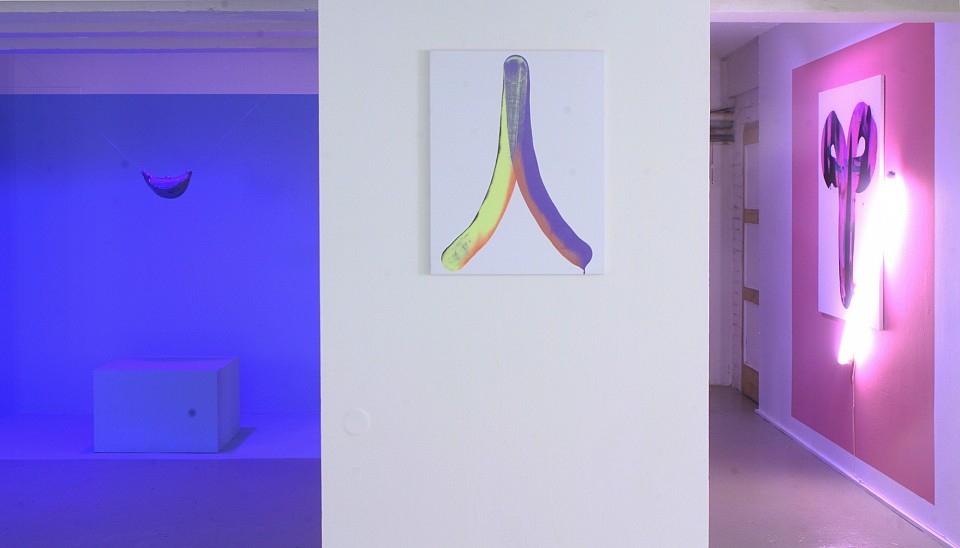
COLOR BLOCKING
Dole gallery, 2019
Patrik Kriššák a Ivana Pavlíčková
The joint exhibition of Patrik Kriššák and Ivana Pavlíčková with links to the Ostrava Faculty of Arts called Color Blocking refers to its name to the world of fashion, in which it indicates the effort to use strong color tones of the same intensity, often selected from opposite poles of the color spectrum. Metaphorical transmission into the world of art, in which the definition, contrasting or tuning of tones is one of the essential elements of artistic expression, can be perceived as an endeavor for complementary under the impression of an installation in which not only color and light but also the spatial conditions of the gallery delimitation / interconnection of two highly traditional forms of artistic production - painting and sculpture.
M. Mikolasek
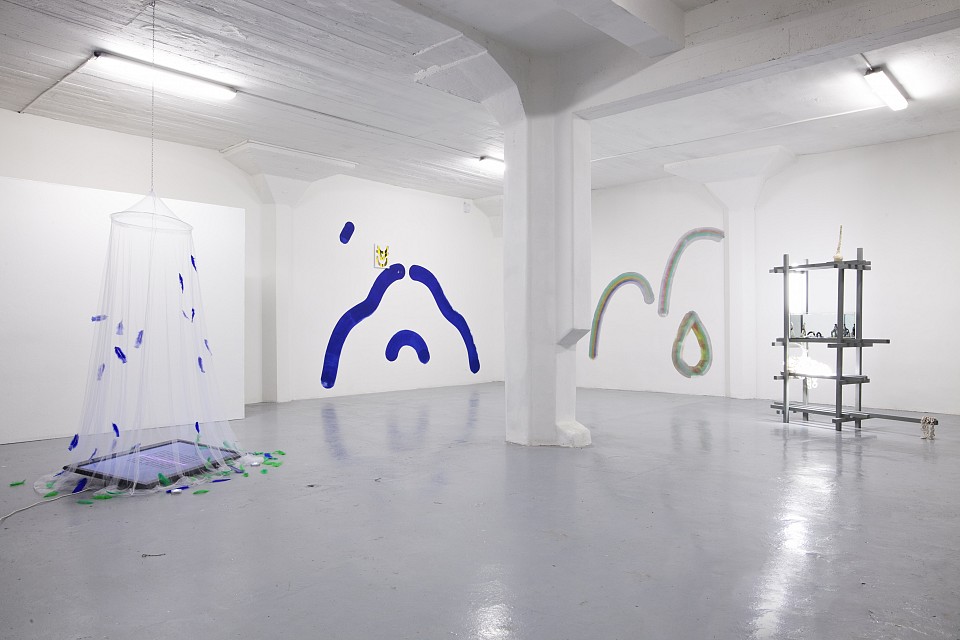
Beuys don't cry
Pragovka gallery, 2019
Patrik Kriššák, Ivana Pavlíčková, Andrea Mikysková
Nowadays cult films dealing with media and corporation manipulation such as Videodrome (1983, director: David Cronenberg) or Eternal Sunshine of a Spotless Mind (2004, director: Michel Gondry) feature advertising slogans for a better life (change) . Similarly, a form of some unlikely reality appears in both films. And it is with this strange, altered (incomplete, fictional) reality that Andrea Mikysková, Ivana Pavlíčková and Patrik Kriššák work in their work.
Andrea Mikysková (* 1990, Prague, Czech Republic) studied at the Supermedia studio at the Academy of Arts, Architecture and Design in Prague and completed both an internship at the Academy of Fine Arts in Prague and an internship at the Universität der Künste in Berlin. She belongs to a generation of authors whose work is aptly described by the title of Jozef Mrva’s review This Experience Was Born Digital (Artalk, 2015), a younger generation for whom mobile and web technologies are a natural part of life. Her work draws on the im- mense data content on the Internet and her own experience of a constant presence in the online space.
Ivana Pavlíčková (* 1990, Hranice, Czech Republic) is an artist dedicated to experimental objects and installations, main themes are criticism of society, and objected-oriented on- thology. She currently works mainly in the field of ceramics, which she interconnects with 3D technologies. She lives and works in Dresden. In 2017 she graduated from the Depart- ment of Fine Arts in Brno, atelier of Michal Gabriel and completed both an internship in Hochschule für Bildende Künste in Dresden, atelier of Martin Honert.
Patrik Kriššák (* 1986, Kežmarok, Czechoslovakia) graduated in 2011 from the University of Ostrava’s FU (atelier of Painting I. prof. Daniel Balabán). In the same year, the STRA- BAG Art Award was nominated in Austria, followed by the Start Point Prize 2011 and Critics’ Award for Young Painting and its Overlaps 2012. In 2015, he participated in the Zlín Youth Salon. He completed his residency in the Capital of Culture 2016 A.i.R. Wroclaw. Krissak’s work is of an experimental nature, his technique ranks among the non-brush painting, developing the modernist traditions that began in the 1960s in America. Overlapping with current trends, which are influenced by information technology and new media, the manu- script refers to the so-called “post digital age”.
V. Zajačiková
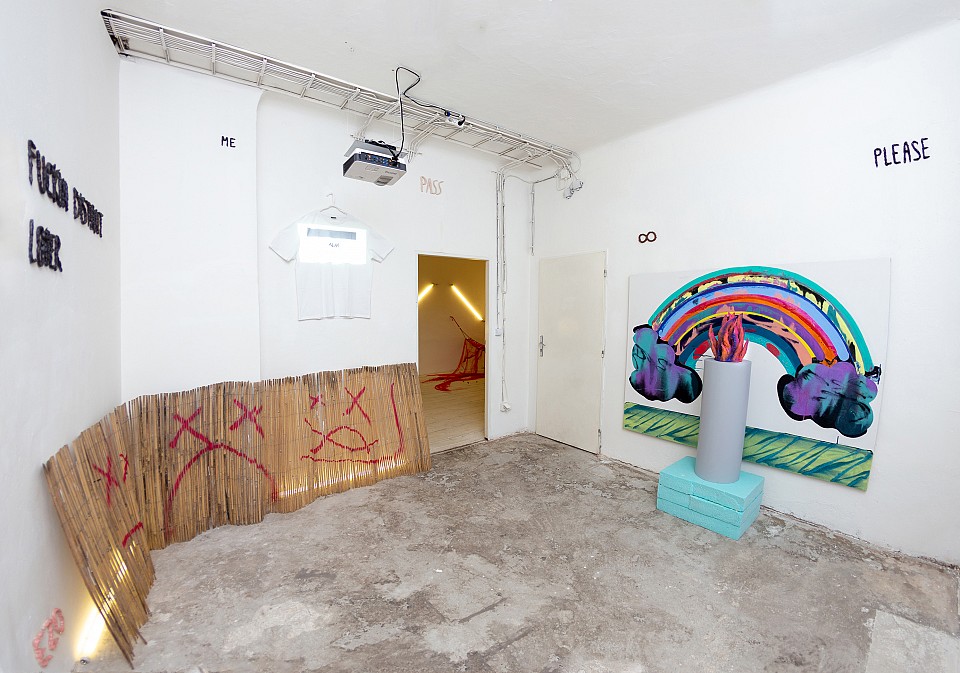
CHOKER
Holešovická Šachta gallery, Praha CZ, 2018
Patrik Kriššák, Ivana Pavlíčková, Andrea Mikysková
Holešovice shaft gallery for the first time presents the results of cooperation of three young artists Ivana Pavlíčková (born 1990, CZ), Andrey Mikysková (1990, CZ) and Patrik Kriššák (1986, SK).
Choker is a collaborative project of three artists who have grown up with the Internet and for whom the digital world is as natural as the physical. Through various artistic approaches, they explore the impact of ubiquitous technology on human being.
Their multimedia approach combines materials such as video, ceramics, painting, drawing, photography and printing.
Each of the authors grew up in a different cultural environment, and this is reflected in their approach to work.
Ivana Pavlíčková’s work is influenced by her studies in industrial Ostrava (now she lives and works in Dresden), where the social themes are compacted and the individual human fates of the local environment overlap with the biggest changes in the Czech context and perhaps why she often works with historical parallel or digital 3D programs that in turn create a parallel to the future.
For Andrea Mikysková, the environment of the capital is a lifelong matter, from which she draws inspiration for videos commenting especially on the consumer society and everyday pitfalls of consumer kitsch.
The spontaneously romanticizing part of the exhibition is dominated by the classical hanging picture of the hybrid ideal by Patrik Kriššák. The movement between genres demonstrates a wide range of emotions or art-related situations through colorful abstract compositions representing their materiality (fig. Why people can’t stop touching paintings).
The Choker exhibition is an intimate spatial composition of works with their own associative logic, which we can follow gradually in individual rooms, which are connected by light tubes. Excessive omnipotence distilled the excess into ecological disasters, a slow but even more devastating nature. The reaction of a rigid systemic composition can hardly and slowly regulate changes for the better. These experienced internal settings are reflected in the background of these events. The clash of everyday struggle with a rigid ideology, its attempt to transform it, or its total surrender, eventually results in a thrilling scenario that we can observe “live”.
This situational text game with the transience of communication formulates questions about the introduction of a new virtual language that is constantly changing and evolving. Elements of classical written script in printed form are
in imbalance with the necessary tactility and awareness of the seriousness of the uttered word, which we have been bound for centuries as a covenant.
Words and text on the Internet need to return their lifetime. No one will delete anything.
It’s on your shirt.
I, P, A
SHIFT
Industrial gellery, 2020
Patrik Kriššák a Ivana Pavlíčková
Work… from a physical point of view, it is the effect of force on a body or force field that shifts or deforms that body. Ivana Pavlíčková and Patrik Kriššák enter the space of the Industrial Gallery with their artistic intervention and intervenes in the force field of Ostrava in their own way. Ivana within the space, Patrik in the possibilities of the area. They are united by the brutality they work to achieve a delicate result, divided by one dimension.
The opening room of the exhibition is stylized as a waiting room at the labor office, a threatening environment from which the heaviness of concepts breathes, employed - unemployed, main employment, secondary employment, forced labor, work as a duty.
In the middle of the main exhibition space we can find an explosion of Ivan's statuettes combined in one large central building. Ivana has just finished her studies in the sculpture studio of Michal Gabriel, but in her artefacts she mainly evaluates her experience from studying at the Hochschule für Bildende Künste Dresden (where she has definitively established her work with porcelain and ceramics), UMPRUM. She works with figures of Buddhas and other originally religious symbols, but with her work she brings them to the desacralized level of souvenirs with an esoteric touch. It connects them with artistically elaborated symbols of the hierarchical division of society such as crowns and chains, intertwined them with modeled inscriptions, and works with the emotions arising from these symbols. She built an imaginary altar of artistic work from the plinths, with definite objects clinging to the top and spoiled clay and waste of artistic production near the ground.
Patrik exhibits his paintings created by the technique of bottled painting. On the Czech art scene, this young painter has already established himself as an experimenter seeking and transcending the boundaries of traditional painting. Painting of bottles belongs to his iconic expression. Without the use of a brush, it covers the canvas with a paint whose trace is determined by the opening of the glass bottle from which it is immediately applied to the canvas. This process then fundamentally transforms the work of the work. On the one hand, a constant footprint of the bottle associates a record of the most basic painting software. However, this technical manuscript is disturbed by the unpredictable effects of a real painting medium. What is the result are the natural elements, inevitably stylized with respect to technology. They are a subjective testimony of reality, its distorted reflection in the mirror of surface painting.
Both exhibiting artists have a relationship to Ostrava, a place where work is connected with hard work and darkness down. However, they bring to the surface the work associated with the creation of artifact, distort the force field of this city in a provocative way: exposure visually appealing as a shimmering mirage of their own world inscribed in symbols and gestures in clay and color, shouting and dancing gods the uncertain processes of creation become the certainty of the artistic image.
Lucie Pangrácová